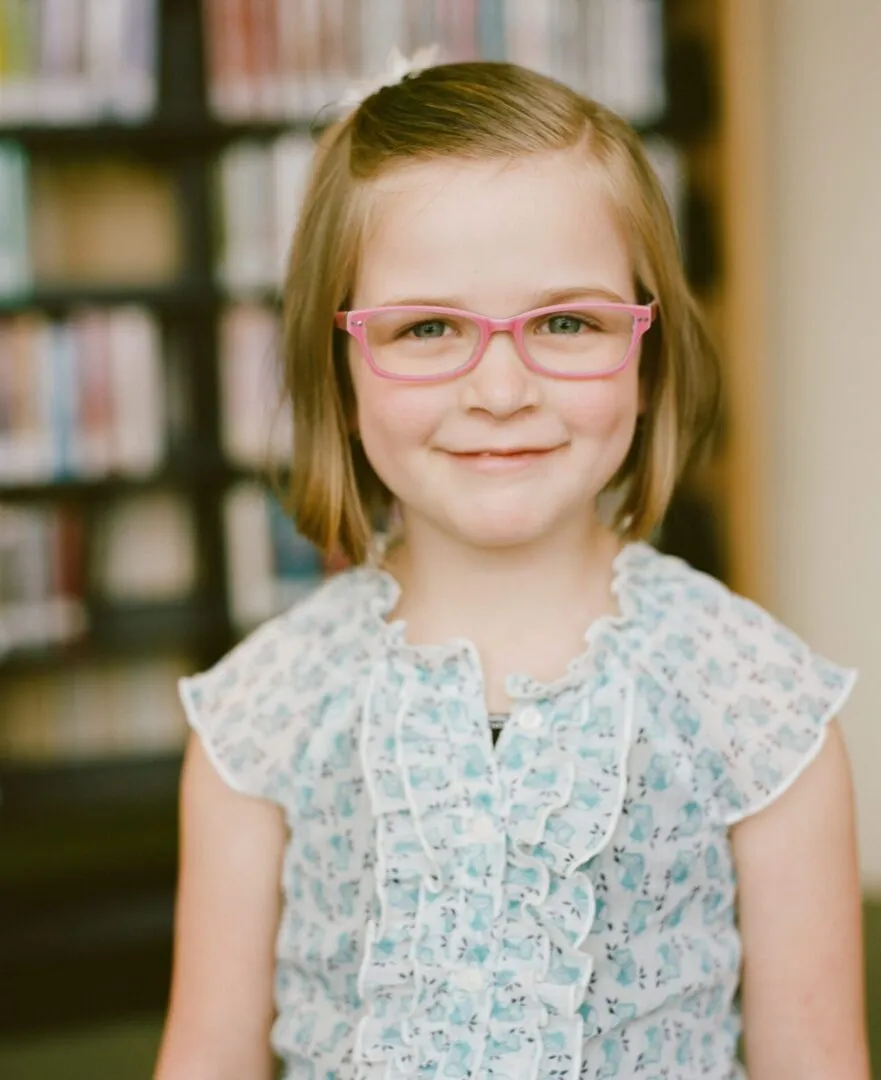Eye diseases
Refractive errors in children

What are refractive errors in children?
Refractive errors are one of the most common vision problems in children (affecting 1 in 5 children) and lead to poor vision, due to the blurring of objects on the retina, so that the image reaching the brain is not clear.
- Hyperopia: The child’s eye is smaller than usual, and light rays from objects are focused behind the retina.
- Myopia: The opposite happens. These are larger eyes, where the focus occurs in front of the retina.
- Astigmatism: The eye is oval rather than spherical, and light rays are scattered at various focus points.
While hyperopia may disappear as the child grows and their eyes do so as well, myopia tends to increase and can reach high levels of myopia, which carries a greater risk of eye complications. Likewise, astigmatism is usually present and remains stable from birth, whereas, in the face of a striking prescription change in childhood or adolescence, we must suspect a pathology called keratoconus.
If refractive errors are not properly corrected, their consequences are especially harmful in children, as vision develops during the first decade of life. Therefore, if they cause a lazy eye (suppression of vision in the eye that needs higher prescription), it is essential to treat it early so that the visual deficit does not become chronic in adulthood.
Symptoms
Causes and risk factors
Treatment
Hyperopia causes blurred near vision and myopia blurred far vision, whereas astigmatism – which can occur alone or in association with the two previous refractive errors –, leads to blurred vision at any distance.
However, children do not usually complain about poor vision, and these problems can go unnoticed and not receive prompt treatment. Some signs of suspicion for parents, teachers or caregivers may be:
- Eye discomfort: The child rubs his eyes a lot, has excess tearing, eye redness, etc., as a result of overexertion to focus.
- Frequent headaches: especially common at the end of the day or after doing homework or other concentration tasks.
- School difficulties or poor school performance: Problems with literacy, memorising or paying attention in the classroom can be related to poor vision.
- Inappropriate posture: The child tilts his or her head, squints, gets very close to the book or the blackboard, etc., to try to see better.
- Withdrawn attitude: The lack of relationships with other children or the rejection of certain games in the park or during playground time may be due to the insecurity caused in the child by not seeing well.
Beyond paying attention to these signs, it is essential to carry out annual eye check-ups from the age of 3-4 with the paediatric ophthalmologist. At the Miranza clinics, we boast specialists in children’s eye health and well-being.

